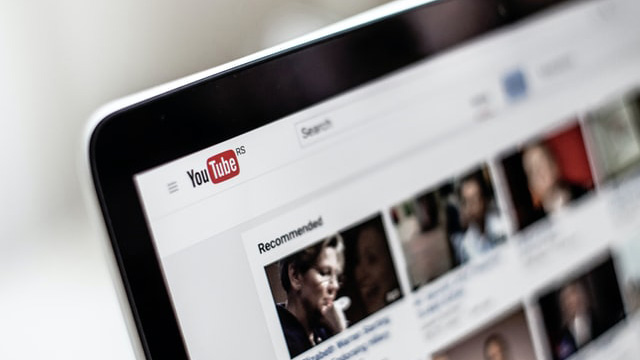
How to Grow Your Personal Brand on YouTube
Jun 17, 2022 | Personal Brand
There are many benefits to building your brand on YouTube. A few of them include being able to build truly authentic relationships with your audience and create new followers on a regular basis. If you are seeking to create a brand on YouTube but are not sure how to get started, you want to look here.

Have Clear Vision for Your Content
When you have a channel, you need to make sure that you have a noticeably sharp vision for the kinds of content that you are putting out. You need to think about what your vision is and know what you are going to create. You need to also create content that is interesting and will be valuable to your audience.

Have a Brand Account
You will need to set up a brand account if you want to use the account professionally. That means that you are going to be able to see the way that your audience is interacting with you.
Pro Tip
Have a Very Clear Visual Identity
A part of the success as well of your account is going to be making sure that it is very professional and polished. You need to have a logo that is very appealing to your audience and that will ensure that people know what they are seeing the second that they arrive on your page.

Have a Clear Channel Description
The way that potential subscribers are going to be able to find you to begin with is the way that you write your channel description. That means that you need to take the time that is necessary to fill in you are About section.
You want to have a very brief and clickable description for your account. That means that you want to make sure that you also have done the homework to ensure that you have the right keywords to be successful.
Ensure Your Contact Information is Present
YouTube is all about creating real connections. A part of that means that you need to ensure that your contact information is easy to find and that you do not need to make anyone search for it.
Take the time as well to connect all your other social channels to the banner so that you are going to be able to share all your information. Some YouTubers go as far as to also share a PO address for fans to send fan mail.

Verify Your Account
You need to take the time to verify your account. This means that you have taken time to show that you are who you say you are.
One of the keys that is important about that is that you can post videos that are longer than 15 minutes when you have verified your account. You can find out more about how to verify your account by heading to youtube.com/verify.
Pro Tip
Know Your Competition

A big part of your success as a content creator is also making sure that you know who your competition is. That means that you want to find other creators that are in the same niche as you and look at their channels.
You then will be able to read all the descriptions as well as watch the content that is being shared. You should think about these questions as well as you are able to share these ideas:
- What are the kinds of videos that they are posting that are getting the most attention?
- What keywords are they using that are getting people to use their content?
- How are they dealing with negative comments?
- What kinds of editing software are they using?
- What are they doing to get the attention of people to subscribe?
Have a Consistent Schedule
You need to always think of your channel as a television channel. You want for your subscribers to think about looking for your content.
The only way that they can do this is to make sure that they know when to look for you. So here is what you should think about.
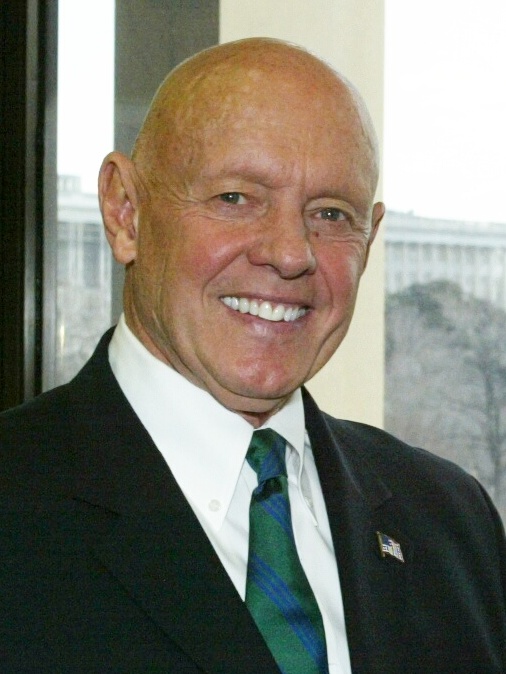
- A. Always be Consistent: This means that you need to publish on daily or weekly intervals.
- B. Post Often: If you want to get attention from your audience, you need to make sure that you are posting regularly. A big part of that means that you should be posting multiple times a week. To get prioritized by YouTube, you should be posting at least three or more times a week.
- C. Always Be Realistic: If you have a schedule that is way too ambitious, you are not going to be able to handle it on a regular basis. You need to ensure that you are always breathing quality content and that you are being honest about how often you can do it.
- D. Be Flexible: You need to think about the fact that when there is news, people are going to be looking to you. You may have to be ready to hop on and cover topics when it is time.
- E. Space Out the Content: You never want to publish everything at the same time. YouTube now has a function that will allow you to also schedule things in advance.
- F. Always Consider Time Zones: When it comes to being successful, you want to post at the time when most of your fans are awake and up. That means that you should always consider when you are posting latest videos and even schedule them to debut when most of your subscribers are online.
- G. Share Your Posting Schedule: You should let your friends and family know when you are going to post. You should also have a channel trailer. That will allow you to ensure that you have promoted your channel as well as promoted your content.
Have a Content Calendar

You need to take time to create a content calendar. It can be amazingly simple, but you need to think about it as the main plan for all the content you are creating.
You should think about mapping it out as well for all the channels that you want to create content for. You need to look as well at your calendar on a regular basis.









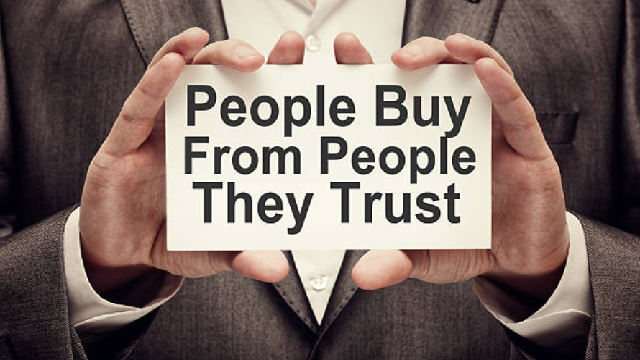

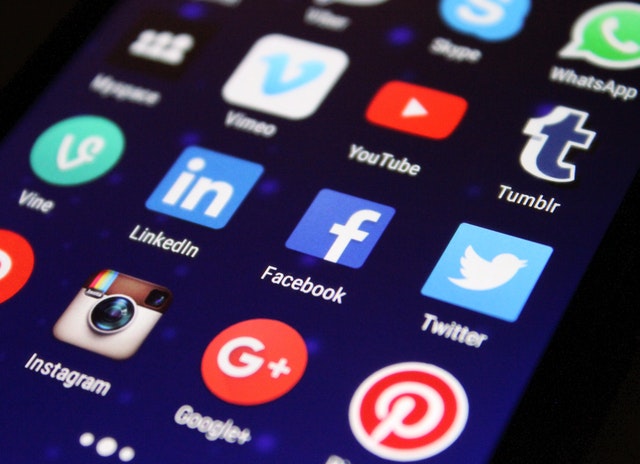
















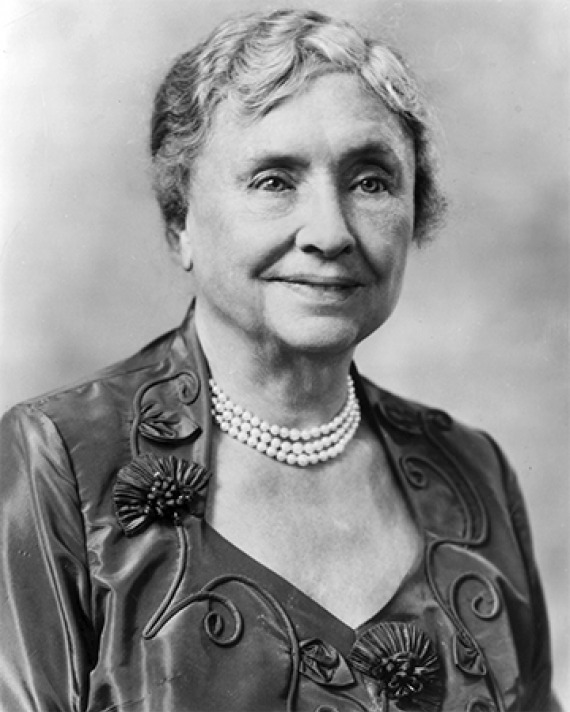
Recent Comments